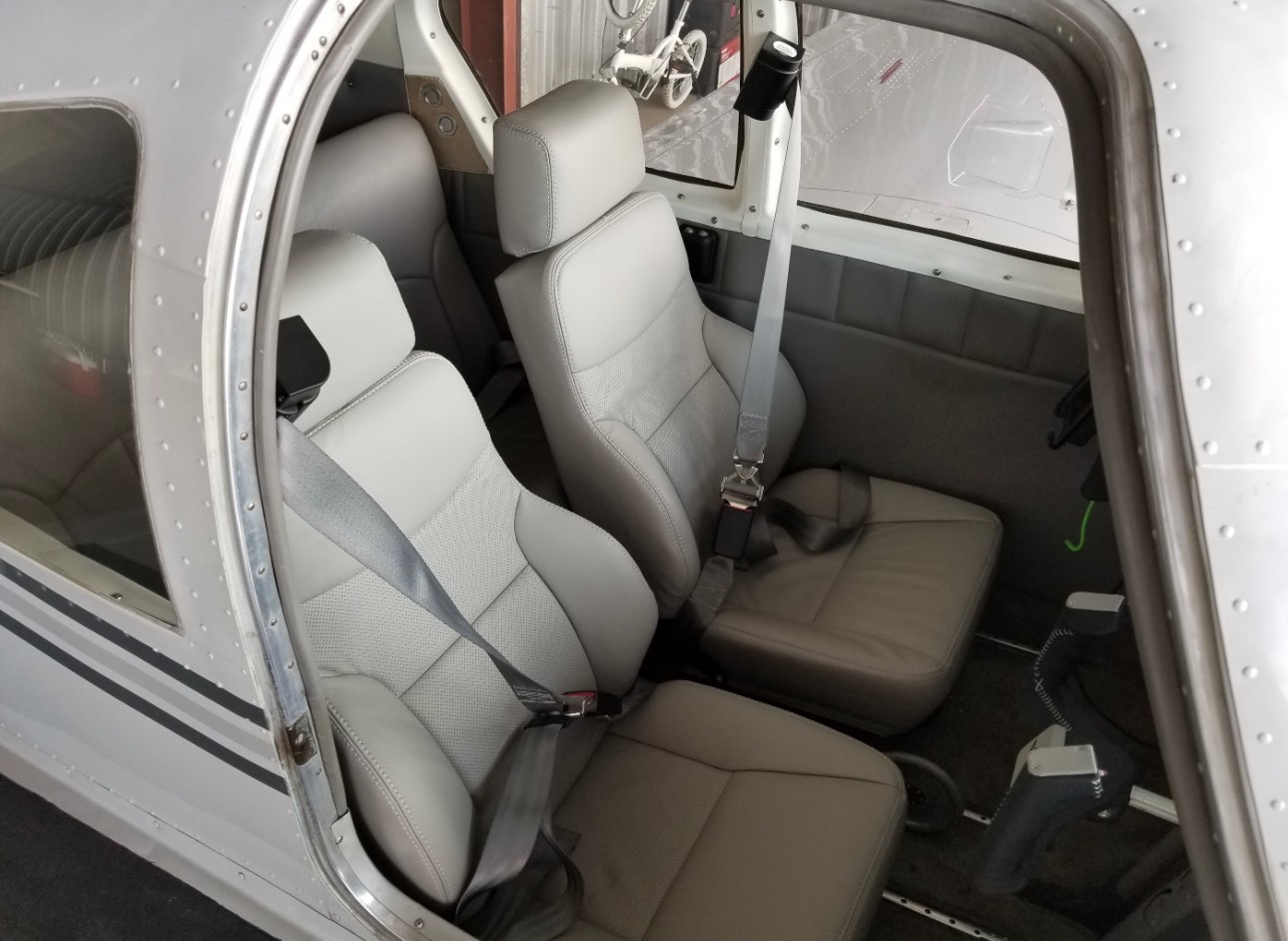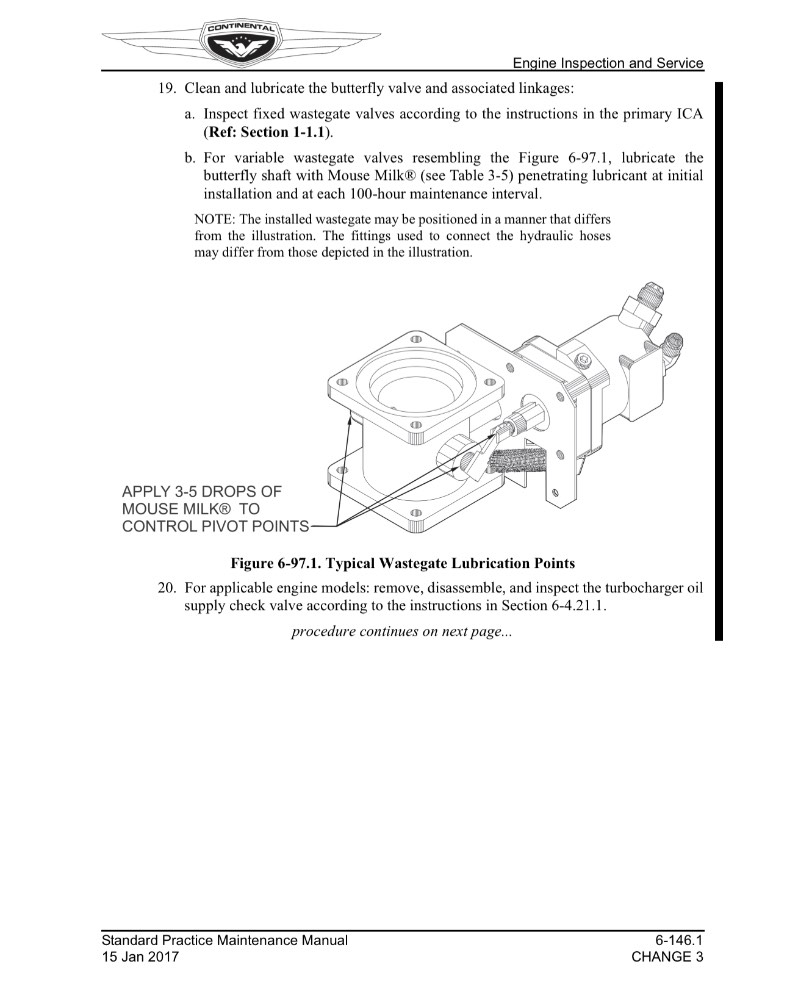
ragedracer1977
Verified Member-
Posts
1,653 -
Joined
-
Last visited
-
Days Won
18
Content Type
Profiles
Forums
Blogs
Gallery
Downloads
Events
Store
Everything posted by ragedracer1977
-
have a friend with an 11 year old son who is interested in aviation. They’ve visited some flight schools at CAK and they aren’t really interested until the kid is 14 or 15. He understands that it’s a long road from 11 to pilot, but he’d really like to feed his kid’s aviation bug. Does anyone have any suggestions for independent CFIs or schools that might give him a shot, in the area? Thanks!
-
Long story short, the Scottsdale FSDO says that’s fine. His example was: Owner comes to a fabricator. Has a part made. Fabricator sees they can make 5 parts out of the one chunk of specific material they had to buy. Totally OK to make 5 and put 4 on the shelf. Fabricator can’t advertise them, but if the original owner who requested the part tells his friends about it, they can can go and buy them as OPP.
-
There’s two separate “tests”. First test determines if the part is OPP. Second test is if the part is FAA approved. As part of the group that had the parts produced, you don’t have a clear understanding of how it was done.
-
I don’t think you’re wrong, per se, I just think you’re misreading. 1: the part must be properly designed. - the parts in question here are properly designed, being either a duplicate of the OEM or another approved part depending who you ask, and therefore they are FAA approved. 2: the part must conform to the design. - here the owners verified the produced parts conformed to the design. Still FAA approved. 3: properly documented. - machinist drawings and reports containing the FAA approved data was provided to the owner of the part. 4: properly maintained. -that’s an ongoing thing. As it’s a duplicate FAA approved part - complying with the maintenance manual (which, btw for the model I owned had no requirements) would meet this standard. So, the owners definitely met at least one, but realistically 3, prongs of the 5 OPP tests, and all 4 legs of your stool. At least that’s how I see it. Although, I’d argue that the 4 “leg” test is fundamentally flawed. It’s circular. If it meets just #1, it automatically meets the other 3 if produced in accordance with #1.
-
This. And my participation in the event mirrored yours.
-
I have to respectfully ask: did you actually read the article you linked? It doesn’t agree with you.
-
The main takeaway from everything I heard today from the symposium was this “airworthiness is in the eye of the beholder”. they even gave an example of an IA declaring an airplane un-airworthy, even though the mod was installed prior to the FAA issuing the airworthiness certificate. I’m a licensed FFL (firearms dealer and manufacturer) and I left today thinking that the paperwork and rules I have to follow are pretty reasonable in comparison. Of course if I screw up, I can actually go to federal prison.
-
Eh, I asked the FAA about this today. Said if a bunch of owners decided they need a part, can they get together and get someone to make a run of “owner produced” parts for them. FAA- “Yes. That would be fine.”
-
I bet if you asked in FOIA, they would tell you.
-
Help! Avionics $***show - how to proceed
ragedracer1977 replied to goalstop's topic in General Mooney Talk
Devils advocate… I’m shopping for a TV at Best Buy. The manger tells me to meet him around back by the dumpster and he can get me the TV for 20% off, just pay him directly…. When Best Buy finds out, can I really claim it was up and up? -
Thanks for amplifying the light! Your post really stimulates the radiation!
-
I sure wish someone could shed a beam of light on it for us.
-
What to replace seats on M20E
ragedracer1977 replied to Badmoonraising's topic in General Mooney Talk
I had them done at chino aircraft interiors. Very fast turn around. Less than 2 weeks, including leather wrapped yokes. I think it was about $7k. -
Turbo Fail and aborted departure
ragedracer1977 replied to BravoWhiskey's topic in Modern Mooney Discussion
Every 25 is when I lube mine. Not sure how your setup is for access, but mine is a panel under the nacelles. I got a little oil can and put a hose on it. Stick the hose up there and give it a squirt. -
Turbo Fail and aborted departure
ragedracer1977 replied to BravoWhiskey's topic in Modern Mooney Discussion
It’s actually every 50 hours -
Compression Tester Master Orifice Explanation
ragedracer1977 replied to RoundTwo's topic in General Mooney Talk
So if you got a 38 MO reading, a cylinder at 38 psi would pass a compression check? The other way, if you just used a straight compression tester and didn’t use a MO would it even matter if your compressions were in the 70’s? -
Not just 550s. Looks like basically all big bore continentals. All of the valves were delivered no more than about one year ago. Jan 22-May 22. Seems to me that superior should be paying for this. This isn’t an “oh that happened decades ago” kinda AD
-
Finally someone asked the right question. Will I be able to throw G100UL in my powertow?
-
Accident near HPN
ragedracer1977 replied to BravoWhiskey's topic in Mooney Safety & Accident Discussion
Also consider his flight track after he actually declared mayday mayday mayday. I’d bet money the panel was steam. He lost his engine and he lost flight instruments. It would explain the meandering path and failure to turn to the runway. -
Fun fact that a lot of people don’t know… there are oil drilling and pumping rigs all over down town LA. They’re just disguised. Dots are wells. The other picture is signal hill in 1924.
-









